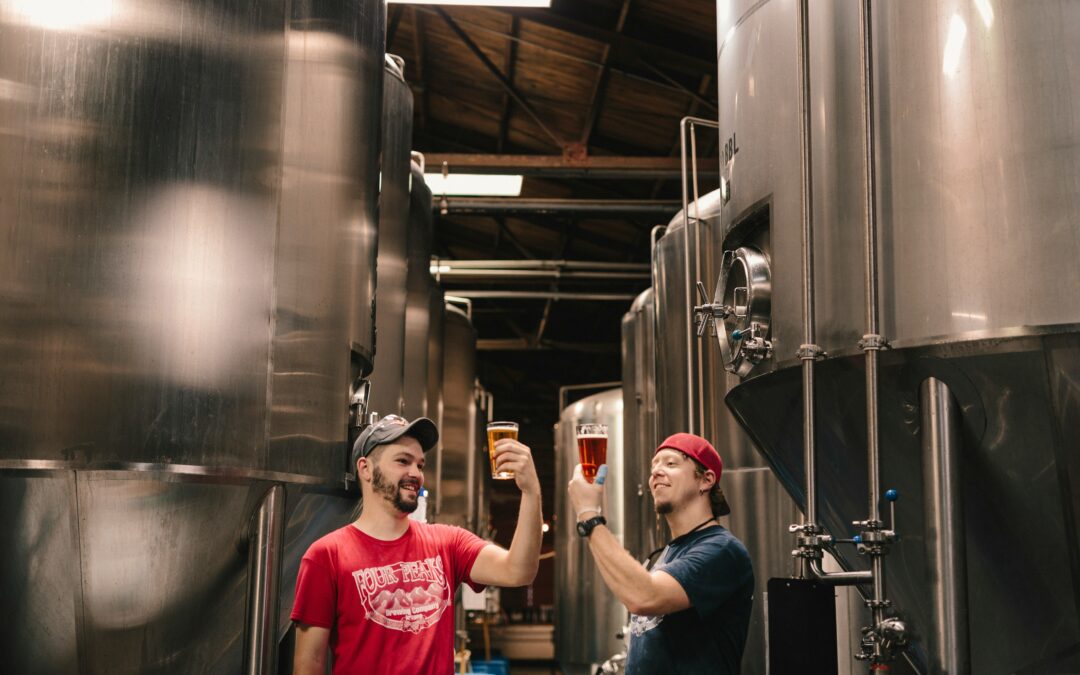If you’re a beer lover who craves those bright, punchy hop aromas and flavors, you’ll want to get familiar with the double dry hop (DDH) technique. While a single dry hop can provide a solid hop presence, true hop bomb beers call for double dry hopping to extract maximum lupulin love.
For the hop newbies out there, let’s do a quick recap on dry hopping. During the standard brewing process, hops are added to the boiling wort to isomerize alpha acids and create that quintessential beer bitterness. Dry hopping takes place after the boil and cooling, when fresh hops are added directly to the fermented beer. This steeping process allows for the extraction of hop oils and resins, imparting vibrant aromas and flavors without impacting bitterness.
Single dry hopping provides a solid foundation of hoppy goodness. But for styles like hazy IPAs, West Coast IPAs, and triple IPAs where hop character is king, brewers up the ante with a double dry hop. As the name implies, this involves conducting two separate dry hop additions, typically with different hop varieties.
The first dry hop may use a dank, resinous hop like Simcoe or Citra to establish an intense base of pine, citrus, and tropical fruit notes. Then the double dry hop brings in even more punchy aromatics from a floral, spicy hop like Amarillo or Mosaic. With precise hop layering, the resulting beer provides an olfactory passion project of hop deliciousness.
Not only does double dry hopping create a more complex hop character, but it also amplifies the intensity compared to a single dry hop alone. Each dry hop addition contributes its own unique essential oils, enhancing the overall potency of hop flavors and aromas.
So for lupulin lovers everywhere, master the art of double dry hopping. Whether you’re brewing at home or enjoying a skillfully rendered double dry hopped IPA from your favorite craft brewery, prepare your taste buds for a hopalicious onslaught of aroma and flavor. The hop trifecta of bitterness, flavor, and aroma has reached its full potential.

